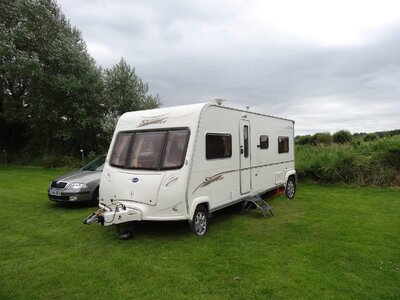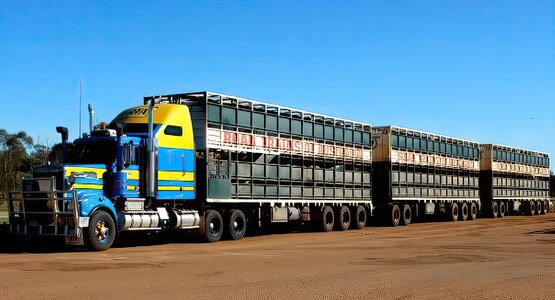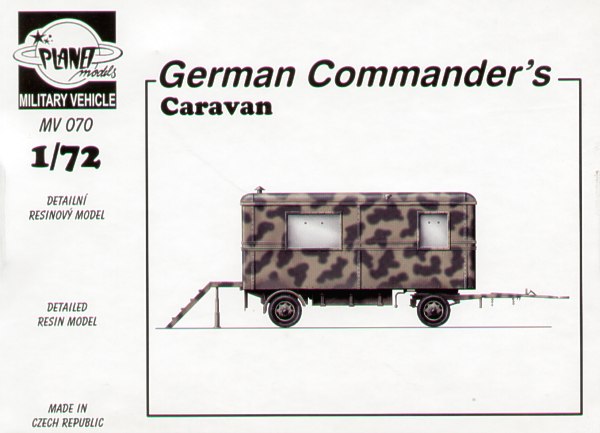- Jul 18, 2017
- 16,777
- 5,423
- 50,935
You are correct about R&P making no difference, however the layout of the caravan will affect its characteristics. Our island bed is behind the axles and we have an upgraded heavier mattress.I don’t quite see what E&P self levelling has got to do with it. Noseweight is noseweight. So long as it’s always measured under the same conditions as when hooked up to the car it doesn’t make any difference.
I wasn’t advocating a low noseweight. I was only questioning why it needs to be as high as you suggest if everything else is set up properly. The regulations state that the manufacturer must guarantee a minimum noseweight of at least 4% of the weight of the trailer. Consequently, it must be possible to ensure adequately safe conditions when towing a 2000 kg caravan if the noseweight is 80kg. It should not be necessary to have 145kg on the towball.
Also with the E&P you have heavy duty steadies in the front plus of course the boiler etc. The A frame is also longer than many caravans all adding to increased nose weight. If nose weight is at about 100kg the outfit can feel very twitchy no matter how well you load it.
Manufacturers recommend between 5-7% of the MTPLM is the correct nose weight. Like many others with the same type of caravan we have found that about 140kg is ideal for a comfortable tow and it is our choice.




